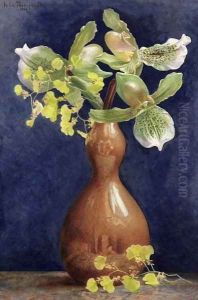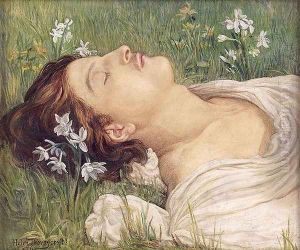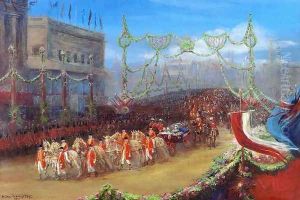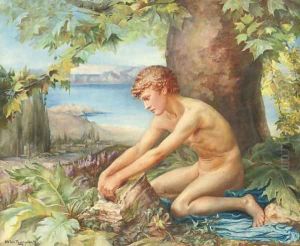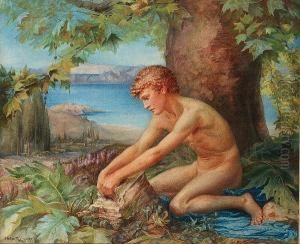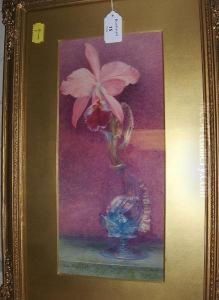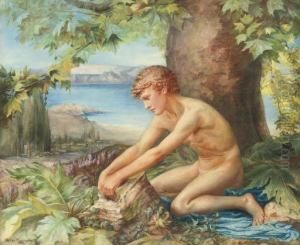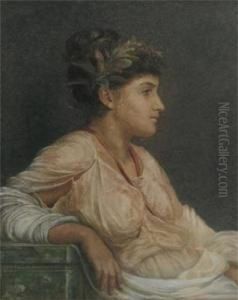Helen Thornycroft Paintings
Helen Thornycroft was a British artist born in 1876, into a family that was well-acquainted with the arts. Her grandfather, Thomas Thornycroft, was a sculptor whose works include the statue of Queen Victoria in front of Buckingham Palace, and her aunt, Theresa Thornycroft, was also a sculptor. Helen was one of the many women of her time who sought to make a name for herself in the art world, a field that was dominated by men.
Thornycroft trained at the Slade School of Fine Art in London, which was one of the few art schools open to women at the time. At the Slade, she would have been exposed to rigorous academic training and the opportunity to study life drawing, a cornerstone of realist art education. She also likely encountered the New English Art Club, an influential group of artists who were interested in exploring Impressionism and other modern developments in art.
Throughout her career, Helen Thornycroft worked in various mediums, including watercolor and oil. Her style would have been influenced by the changing tastes of the late 19th and early 20th centuries, as well as by the work of her more famous contemporaries and family members. However, like many women artists of her era, Thornycroft did not achieve the same level of recognition as her male counterparts, and as a result, details about her life and career are not as well-documented.
Thornycroft's subjects often included landscapes and portraits, and she was known to participate in exhibitions, such as those held by the Society of Women Artists in London, an organization which promoted the work of female artists. Her work reflected the domestic and pastoral themes popular among women painters of the time, who were often excluded from the more public and prestigious realms of historical and religious painting.
Helen Thornycroft passed away in 1953. While her legacy may not be as prominent as that of some of her relatives, she represents an important part of the history of women in art, contributing to the slow but steady progress toward gender equality in the art world. Her story underscores the challenges faced by women artists in gaining recognition and the importance of revisiting and reevaluating their contributions to the history of art.
